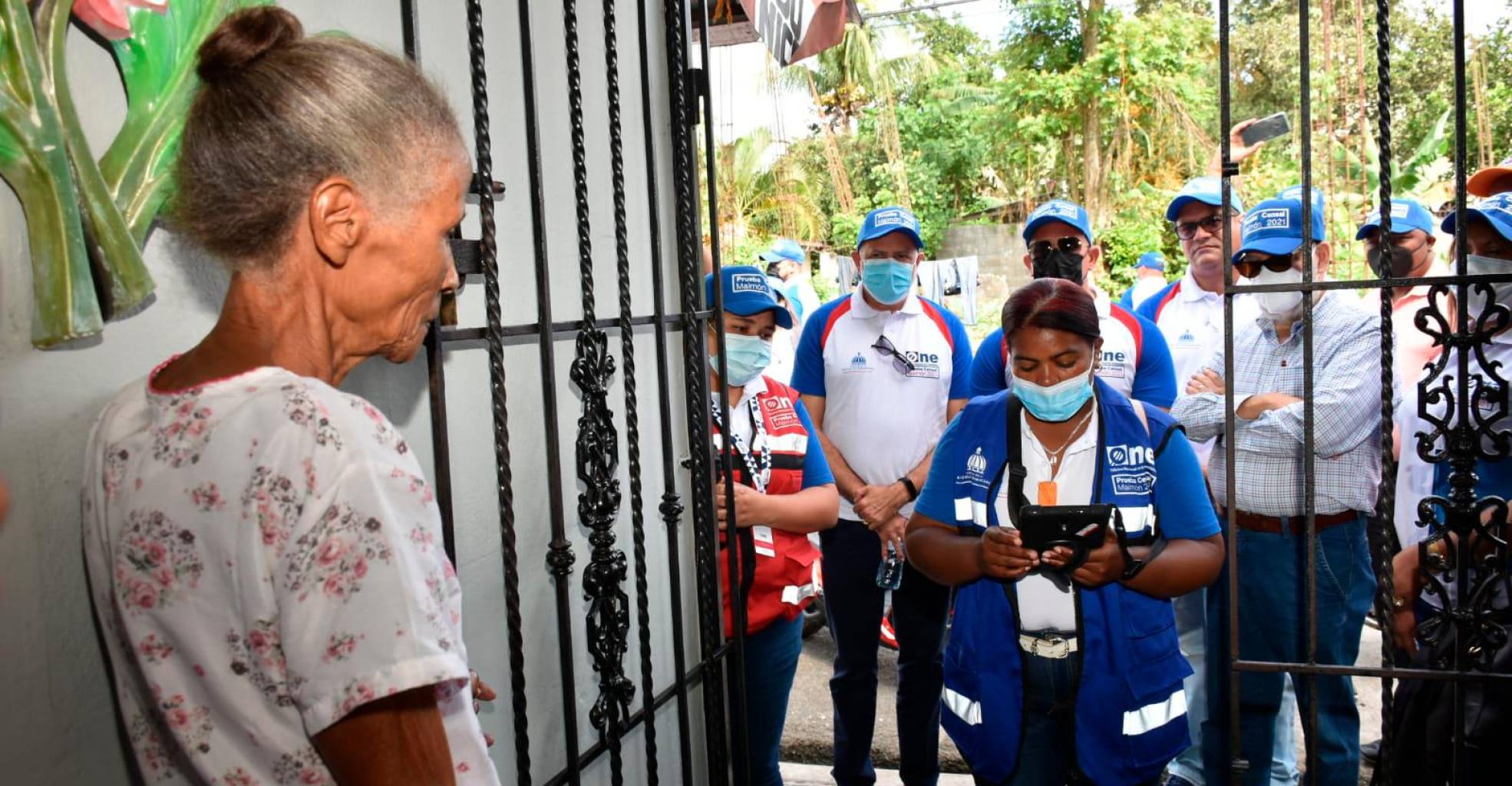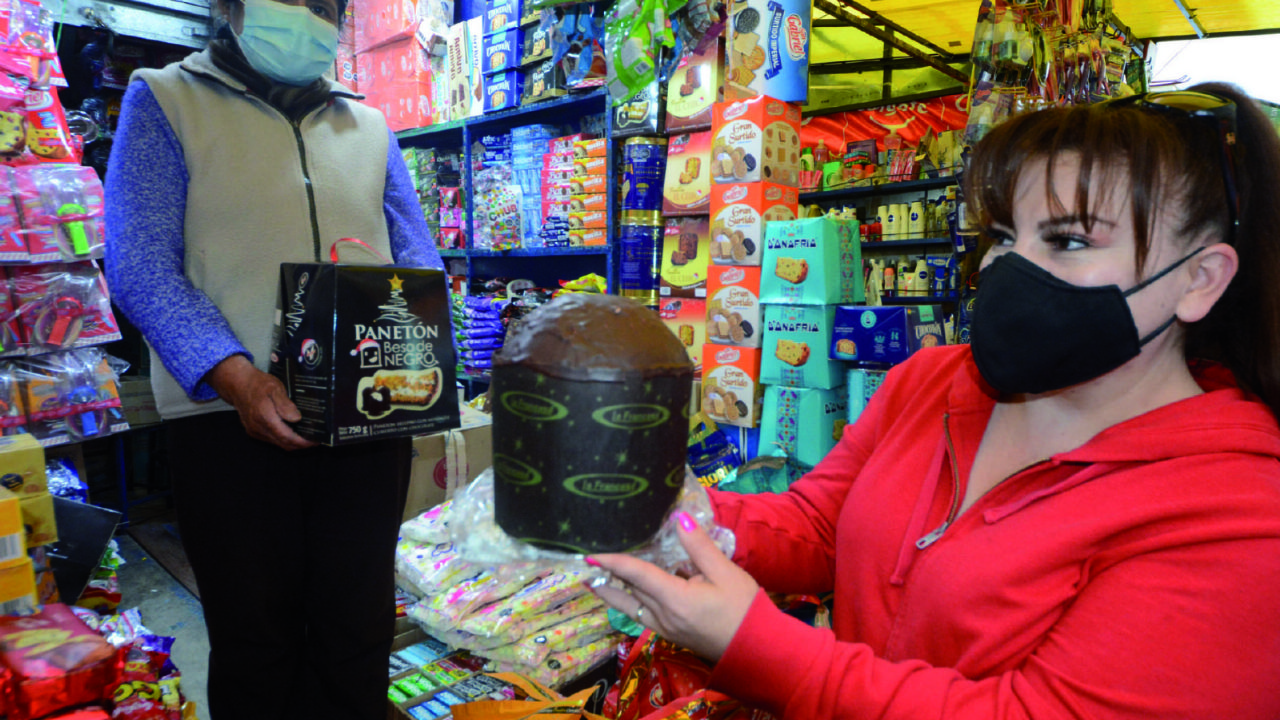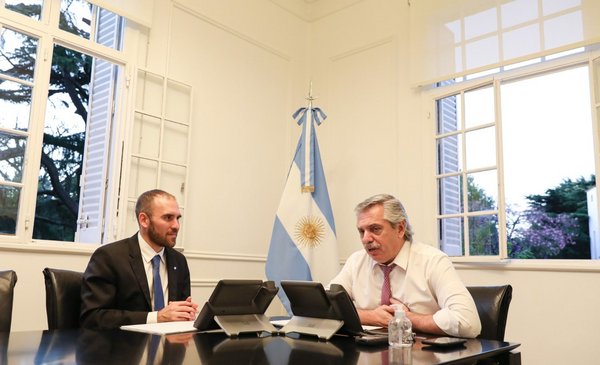As part of the previous activities of the X National Population and Housing Census (XCNPV), the National Census Commission (CNC), chaired by the Minister of Economy, Planning and Development, Miguel Ceara Hatton, supervised this Saturday the first Maimon technological census test 2021, organized by the National Statistics Office (ONE) until December 7, in the municipality of Maimón, Monsignor Nouel province.
The National Census Commission (CNC), made up of 26 State institutions, has the responsibility of collaborating with the ONE in setting up and organizing the XCNPV.
The presence of the members of the CNC in the field of work will allow gathering information on what is happening in the field. These data will be vital for the analysis and subsequent decision-making on the methods and procedures observed to guarantee the success of the census to be carried out in 2022.
During the observation work, led by Minister Ceara Hatton and the director of the ONE, Miosotis Rivas Peña, and the technical team of the census, the visitors accompanied the enumerating personnel during the interviews, as well as evaluated the work of the supervisors of different polygons, the technological performance of applications and tablets.
According to the test, the application of the questionnaire for the census has an average duration of 27 minutes in a family.
Minister Ceara Hatton highlighted the ONE effort, which has shown great commitment to the organization of the XCNPV.
“I must admit that I have seen a commitment in the National Statistical Office, it is a professionalism, it is a desire that things go well, I want to publicly acknowledge the effort they have made,” said Ceara Hatton, who affirmed that better data is made better policies.
The minister stressed that the census contributes to the development of the country, while asking for applause for the ONE authorities and their collaborators.
Likewise, the vice minister of Territorial Planning and Regional Development of the Ministry of Economy, Domingo Matías, expressed the commitment to support the municipality of Maimón in the elaboration of the municipal development plan.
The director of the ONE, Rivas Peña, explained that it is changing from a census that was done on paper to a digital one, which has a fairly large impact for the country.
“We are going to make the best use of technology,” he said.
Rivas Peña indicated that in the field of the test they have had the presence of national observers and international institutions, such as the National Institute of Chile and Costa Rica and the DivisCensus ion of ECLAC.
The director of the National Geographic Institute “José Joaquín Hungary Morell”, Bolivar Troncoso Morales, said that the agency will take the data from the census and carry out analysis and research. Troncoso Morales explained that one of the first analyzes will be on disaster risk levels and maps will be created based on the results of the census as an innovative element to highlight.
Meeting participants
The meeting was attended by the directors of the Presidential Office of Information and Communication Technologies, Pedro Quezada, the civil governor of the province Monseñor Nouel, Raquel Jiménez, and the mayor of the municipality of Maimón, Alberto Cabral.
In addition, the presidents of the Union of Dominican Municipal Women (Unmundo), Mercedes Ortiz; Dominican Association of Regidores (Asodore), Robert Arias; Dominican Federation of Municipal Districts (Fedodim), Ramón Santos, and of the Dominican Association of Members (Adova), José Manuel Almonte. Also representatives of the ministries of the Presidency, Public Administration, Ministry of Finance, Interior and Police, Public Health, Women, National Police, Dominican Association of Mayors and Vice-Villages, Dominican Municipal League, National Energy Commission, Indotel and Service National Health.
Commission members
The National Census Commission is made up of the ministers of Economy, Planning and Development; Presidency; Administrative of the Presidency; Tax authorities; Public administration; Education; Higher Education, Science and Technology; Woman; Interior and Police; Public health; Public Works and Communications; Farming; Defending; also the Attorney General of the Republic and the director of the National Police.
In addition, the CNC is made up of the general secretaries of the Dominican Municipal League and the Dominican Federation of Municipalities; the general directors of the National Geographic Institute; Civil defense; National Health Service; National Emergency Commission; Government Office of Information and Communication Technologies. Similarly, the administrator of the Reserve Bank; the presidents of the Dominican Institute of Telecommunications; of the Economic and Social Council; and the general director of the National Statistics Office, who will carry out the coordination functions.
Characteristic of the census test
This experimental test takes place from November 24 to December 7 in the municipality of Maimón, Monseñor Nouel province. For 14 days, the enumeration team, duly identified and maintaining the hygiene protocol against Covid, will visit the homes to collect information, through direct interviews using mobile data capture devices (tablets) to obtain timely information.
The test is also essential to refine collection methods, strategic and operational planning, as well as the questions that are considered in the test census questionnaire.
Census
The general objective of the XCNPV is to provide demographic and socioeconomic information on all its inhabitants and households, as well as the characteristics of the dwellings they occupy, for each of the political and administrative areas, populated centers or localities.
The X Census constitutes a starting point for innovation in statistical production, at the same time that it becomes an opportunity to build alliances with other sector producers, both public and private, users, and to promote a greater statistical culture in society.








